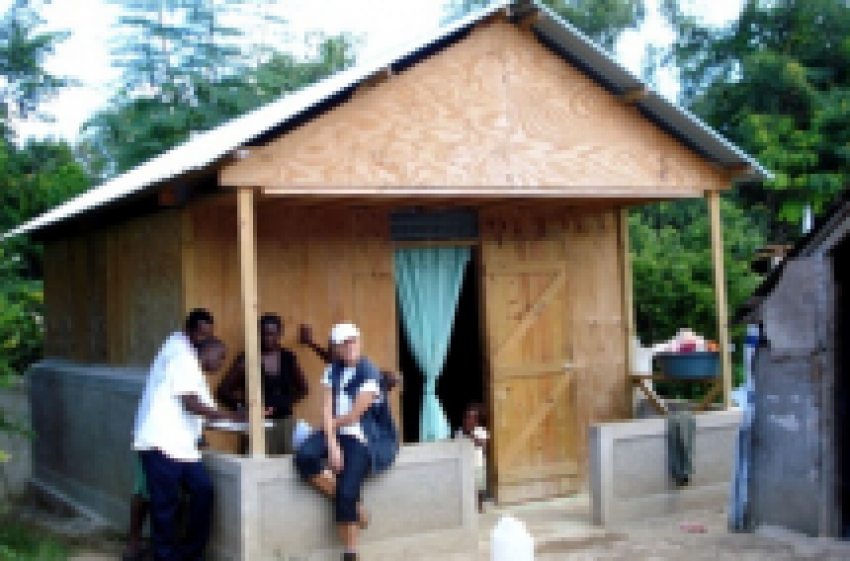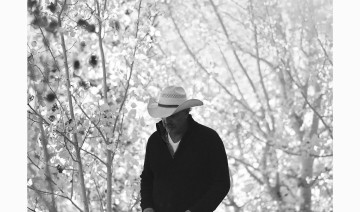
Hope Force to build 15 homes in Haiti this year
January 4, 2012
With the Child Sponsorship Program in full swing and medical initiatives being carried out regularly, Hope Force International is helping many earthquake survivors in Sous Savanne access food, hygiene items and health care education. Though basic life necessities are being provided for a portion of the village, many are still in dire need of adequate housing. With more than 90% of the buildings in this area destroyed in the earthquake, housing is a top priority as we move from disaster response to long-term recovery. Since Haiti was the poorest nation in the Western hemisphere even before the January 2010 earthquake, sustainable reconstruction is vital in promoting the long-term well-being of its people.
Hope Force initially responded to the housing and shelter crisis in August of 2010 by providing Emergency Disaster Relief Tents for 110 families in Sous Savanne. These tents are made of a strong, tear-resistant fabric and non-puncturing fasteners, ensuring durability in post-disaster situations. Provision of Disaster Relief Tents allowed many villagers to return to their own properties following the earthquake.
Since then several aid organizations have built a number of transitional houses in the Leogane area where Sous Savanne is located, but there are still desperate housing needs to be met. Some Haitians are still living in disaster relief tents or makeshift shacks made of tarps, metal, and pieces of wood. In these shelters, Haiti's heavy rains and hot weather contribute to poor sanitation levels and make living conditions extremely difficult.
In order to meet the housing need, HFI is initiating theHouses of Hope Project, which will provide homes for 15 families in Sous Savanne. These families will be chosen from within the Child Sponsorship Program based on their economic vulnerability, current housing situation, and family composition. They will be required to participate in the construction process and provide basic materials such as sand and water in order to promote a sense of pride and ownership in their new home.
"Our focus right now is to address the issue of shelter, rebuilding, and community development," HFI President/CEO Jack Minton said. "So much need is there after the earthquake, it's hard to take it in. I don't think we're designed to absorb that type of destruction -- and not just on the material side of things. When you see lives that are devastated as a result of something like this, it's tragic."
Manufactured by Maxima, the homes to be built through the Houses of Hope Project are made of pressure-treated pine with a metal roof. The frame of the house is built using lightweight materials to ensure safety in the event of another earthquake. Each has a four-foot exterior block wall and a concrete foundation to ensure durability. The homes have one room measuring 200 square feet and an additional 55 square feet under the covered porch. Maxima houses are professionally designed to resist natural disasters such as earthquakes and hurricanes.
The Maxima prefabricated housing kits include frames, plywood siding, rafters, roofing materials, anchors, hurricane straps, nails, doors, and shutters. They will be constructed by local laborers with the help of Hope Force Reservists and the beneficiaries themselves. A local building supervisor will be hired to oversee work done by contractors and volunteers.
Each housing unit costs approximately $5,000 including transportation, labor and materials, totaling $75,000 for all 15 Houses of Hope. Building functional homes is the next vital step in accomplishing our long-term response goal of creating sustainable development, rebuilding and recovery for the people of Sous Savanne. Please consider contributing to Houses of Hope to provide shelter for those in dire need of adequate housing.





